 |
| The HOST |
1. Think about how your students begin their day in your classroom. Is there a mathematical connection? Does it involve more than a worksheet?
At the beginning of the school year I had my students complete a math review sheet every just about every morning. Later on in the day we would complete our calendar sheet together as a class. I used Cara Carroll’s Calendar Companion Sheet. Near the end of the year my students seemed more than capable of completing the calendar sheet on their own. That was the most mathematical thinking I had them do in the morning.
Our math curriculum comes with a problem of the day and I plan on implementing that at least once a week. To make a more than “worksheet” exercise I will allow them to have free access to any math manipulatives that will help them solve the problem. This chapter gave me so many simple ways to incorporate “real world” mathematical thinking into my classroom. I can’t wait for the first day of school to create an anchor chart “Everyday Math.” The purpose will be for the class to brainstorm where math is in our everyday life. What will be great is we can add to it as we make math-to-self and math-to-world connections.
2. Why is it important to help students recognize the links between math and their own lives? What are you doing in your classroom to help students make this connection? How can you make the link even stronger?
Wow! Such a loaded question. LOL. When students make connections between their lives and learning it opens a door for them. How many times in school I would wonder what in the world does that have to do with my life? Or, When am I ever going to use this skill again? This is a fine question for a student to ask IF, and ONLY if, it is given a true answer. Math is used everyday in the “Real” world. Even when we don’t notice it. As a teacher it is my job to help nurture this awareness in my students. My “Everyday Math” anchor chart will be an excellent start to this! I believe creating situations that parallel “real” life experiences with math during lessons and stations will be a wonderful thing to implement next year. Some ways that are popping in my head are simple connections:
measuring - cooking skills, building skills,
money - buying and selling goods, seeing how it effects our life and world
addition/subtraction - how much you need of something if you are going to have x amount of people etc.
fractions - sharing things
place value - writing money values for checks etc.
Thanks to Chapter 3 Hosts ~ Go and Check out what everyone is saying!
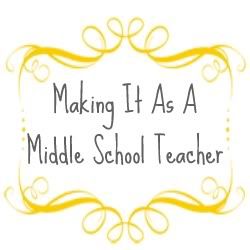 |
| Making It As A Middle School Teacher |
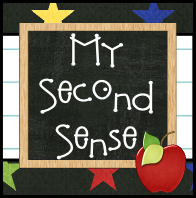 |
| My Second Sense |
Please if you have any thoughts or math-to-self connections I would love to read about them!







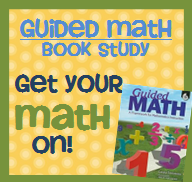




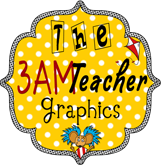
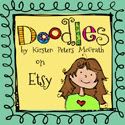


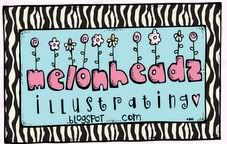









2 comments:
I just came across your blog.
I do have this book and started reading it. I totally agree about students making connections with math in their everyday lives. When you brought up writing money for checks. It made me think of incorporating math into other subjects. We teach economics in s.s. So that would be a great tie in as well.
I'm sure this might also be in another chapter, but I believe students need to also be risk takers in math. So many times students think there is only 1 correct answer and only 1 way to get their.
Well if you get the chance I hope you can stop by my blog as well.
Ms. Fiorini’s Stadium
waiting for chapter 4 real estate in turkey
Post a Comment